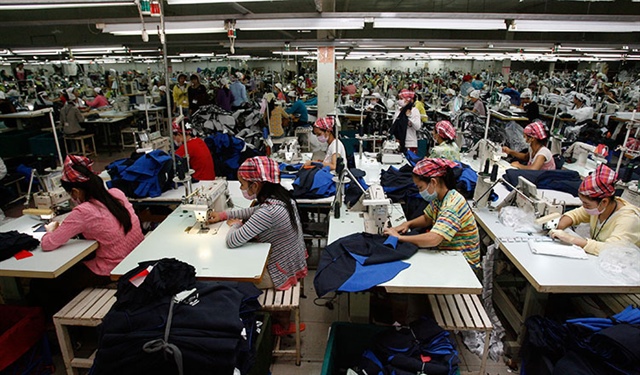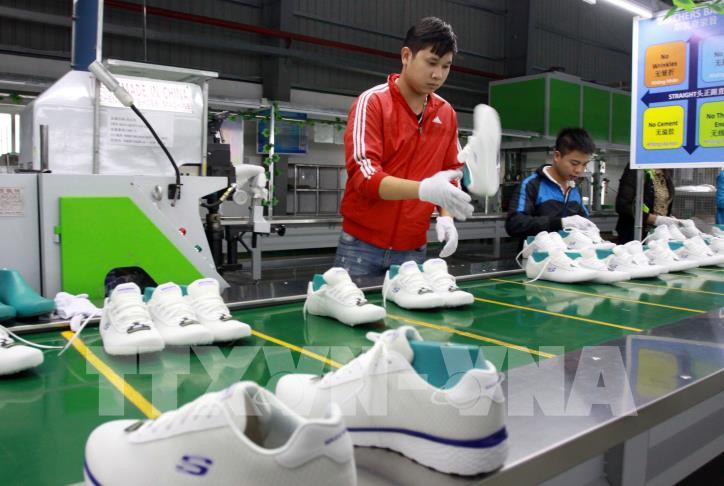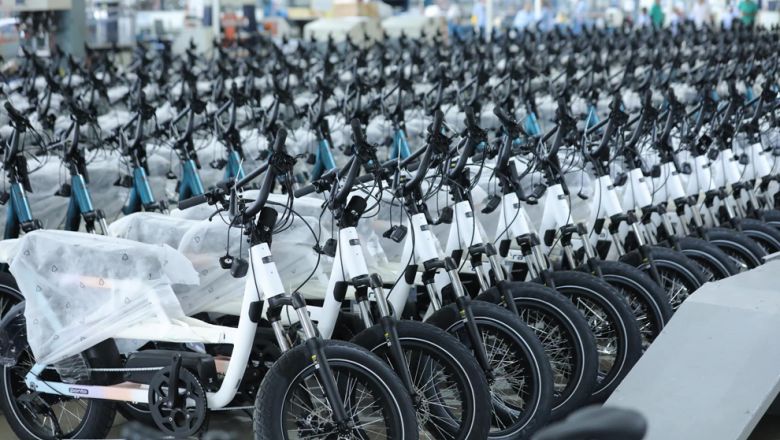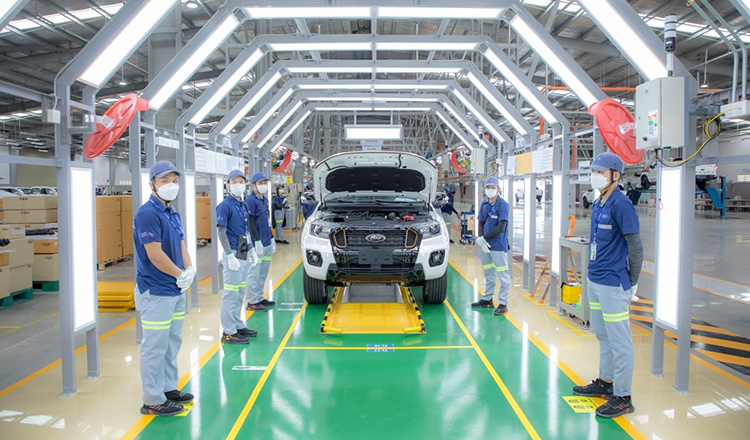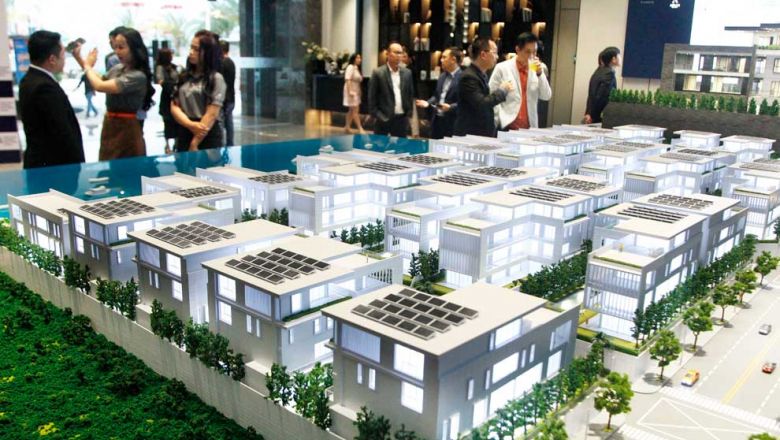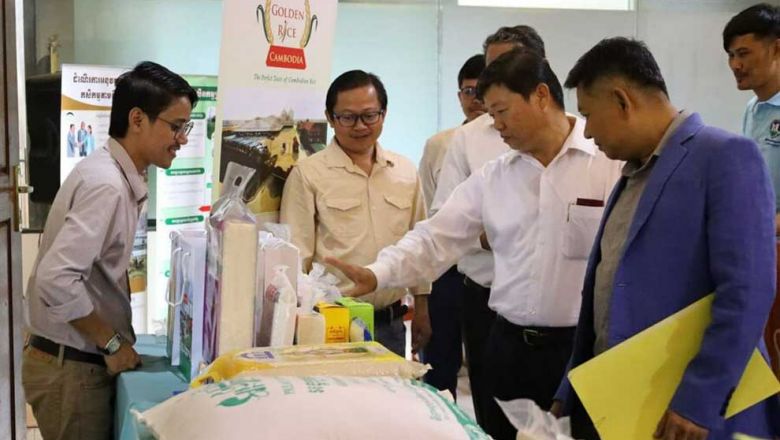Kingdom navigates LDC graduation
Kingdom navigates LDC graduation
Cambodia must maintain open market access for goods and services to remain competitive and offset the loss of preferences which will result when it graduates from Least Developed Country (LDC) status by early 2027, according to former commerce minister Pan Sorasak.
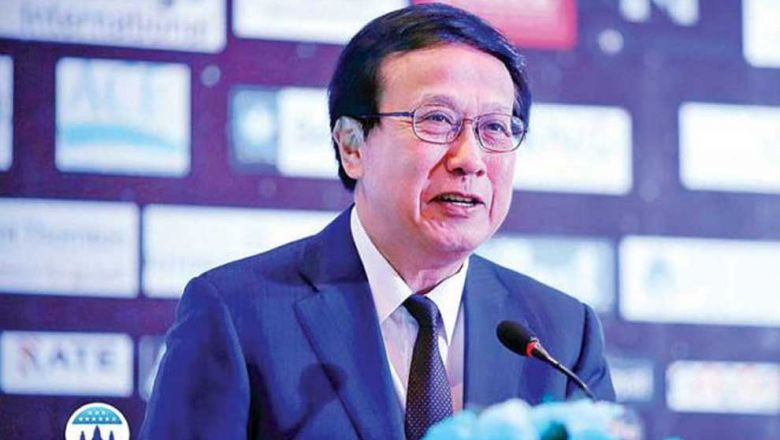
Sorasak, now a member of parliament, made the remarks at the Leadership for Good Summit Cambodia forum themed “Imagine Cambodia – Co-creating a Shared Vision for 2050”, in Phnom Penh on November 8.
He outlined the advantages that the country has gained from the Special and Differential Treatments (S&DT) granted to LDCs. The provisions within the multilateral trading system of the World Trade Organisation (WTO) permit the country to enjoy preferential market access and other benefits from both developed and developing member countries under the WTO framework.
These benefits include Duty-Free Quota-Free (DFQF) arrangements such as the Everything But Arms (EBA) preferential trade scheme and the Generalized System of Preferences (GSP) programme, a waiver for services provided by LDCs and an extended transition period for the implementation of the Trade-Related Aspects of Intellectual Property Rights (TRIPS) agreement, among others.
He noted that the country has reached a critical juncture – the ascension from LDC status.
During the 2021 triennial review, Cambodia satisfied the LDC graduation criteria for the first time by meeting two of the three thresholds – Gross National Income (GNI) percapita and the Human Development Index (HDI). However, it did not fulfil the requirements in the Economic and Environmental Vulnerability Index (EVI).
“In 2024, Cambodia is due for another triennial review, and if we persist in fulfilling the criteria, we are on course to move out of the LDC category by 2027 at the earliest,” he stated.
“What this means is that the S&DTs we have benefited from as an LDC will no longer be applicable, and Cambodia will assume commitments and obligations as a developing country, in a manner similar to larger economies like China, India and Indonesia,” he explained.
“To remain competitive in the short to medium term, it is vital for Cambodia to maintain open market access for goods and services to compensate for the loss of preferences following [our status revision].
“This is why, during my tenure as commerce minister, Cambodia actively pursued bilateral free trade agreements (FTAs) beyond the ASEAN framework. This approach was stipulated in the 6th-mandate government’s Rectangular Strategy Phase IV and reiterated in the 7th-mandate government’s Pentagonal Strategy-Phase I as a means to tap into new sources of growth,” he added.
He said that pursuant to the policy, the country has established three bilateral FTAs to date – with China, South Korea and the United Arab Emirates (UAE) – with further agreements under consideration.
He noted that a Comprehensive Economic Partnership Agreement (CEPA) has also been struck with the UAE.
In early June, the Asian Development Bank (ADB) and the UN Conference on Trade and Development (UNCTAD) recommended that Cambodia actively seek new FTAs and swiftly implement the requisite reforms to address potential challenges associated with its forthcoming exit from the LDC group.
Ky Sereyvath, director-general of the Royal Academy of Cambodia’s (RAC) Institute of China Studies, remarked that the expansion of exports to key markets such as the EU and US, which provide trade privileges, has been a significant contributor to the country’s economic growth.
“We need to refine our trade policies, cultivate a more skilled workforce and fully utilise existing FTAs to sustain our economic growth after graduation,” he said.
Sorasak clarified that for the country to achieve its long-term goals, a comprehensive structural transformation with trade as the focal point is essential.
He said the transformation should be built upon five key pillars: equipping the workforce with the necessary education and skills; diversifying and moving towards an industrialised economy with a shift to high-value-added manufacturing and services; capitalising on foreign direct investment (FDI); addressing emerging trade and environmental challenges; and advancing digitalisation.
“The contribution of each one of us here is crucial as we progress towards Vision 2050. It requires leadership and support across all levels, along with collaboration from all stakeholders, including state entities, the private sector and development partners,” he added.



